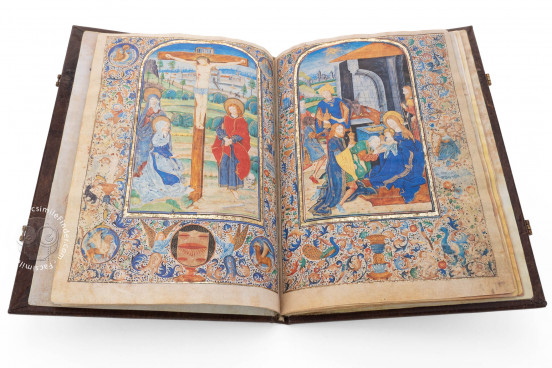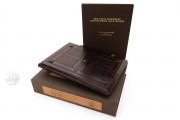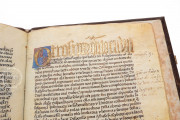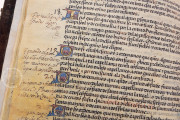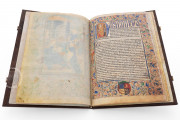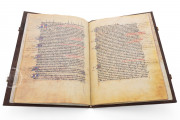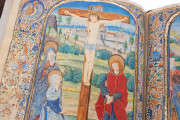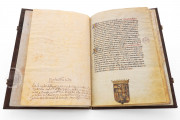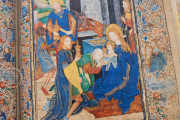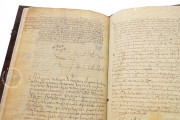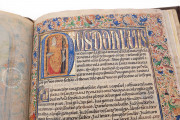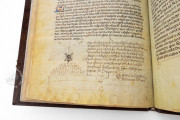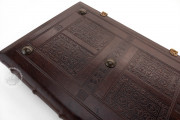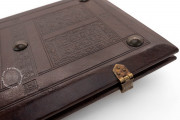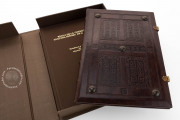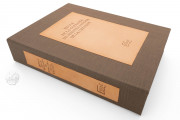The Rule of the Confraternity of Our Lady of Creation (1494), preserved in the Cathedral of Burgos, stands as a prime specimen of late medieval manuscript artistry and Spanish ecclesiastical history. Commissioned on polished thin vellum and illuminated in rich, harmonious colors, it represents both the cultural dynamism of 15th-century Castile and the intricate social-spiritual networks binding church, nobility, and civic leaders. Its vivid miniatures and rare portrait bring to life not just a religious text, but a pivotal epoch in Burgos’ artistic Renaissance.
The manuscript dazzles with its use of superb, perfectly polished vellum and an elegant Gothic round—verging on semi-gothic—script typical of the era’s most prestigious works.
A Masterpiece of Burgos Manuscript Culture
The first pages of the codex display breathtaking miniatures and borders crowded with playful putti and medieval grotesques, revealing not just technical mastery, but the visual imagination of Burgos’ best illuminators. Particularly noteworthy is the border of the Epiphany miniature, featuring the "grvllae"—a bizarre creature with a web-footed fish body devouring a human head—a testament to both creativity and symbolism in late-medieval Spanish art.
Historical Context and Eminent Patronage
Rooted in a deeply transformative period, the Rule captures the shift in Spanish society and the church under the stewardship of figures like Bishop Don Luis de Acuña. Originally founded by cathedral choir servants, the brotherhood evolved into an elite clergy circle, counting kings, bishops, and leading clergy among its members. Don Luis, a key patron appointed by Pope Callixtus III and adviser to Isabella I of Castile, promoted Burgos as a center of both Italian Renaissance and Flemish artistic influence, catalyzing what scholars call the “Renaissance from Burgos.”
Survival and Renewal
What sets the Rule apart is not only its artistic richness but also its textual continuity. The 1494 statutes represent a comprehensive modernization of a much older rule, with both the ancient 1260 and newer transcriptions preserved side by side—an unusual testament to historical adaptation. This rare survival offers a window into centuries of evolving religious practice and social organization, underlining the manuscript’s enduring relevance for both art historians and students of church history.
We have 1 facsimile edition of the manuscript "Rule of the Confraternity of Our Lady of Creation": Regla de la Creaçón facsimile edition, published by Siloé, arte y bibliofilia, 2001
Request Info / Price
